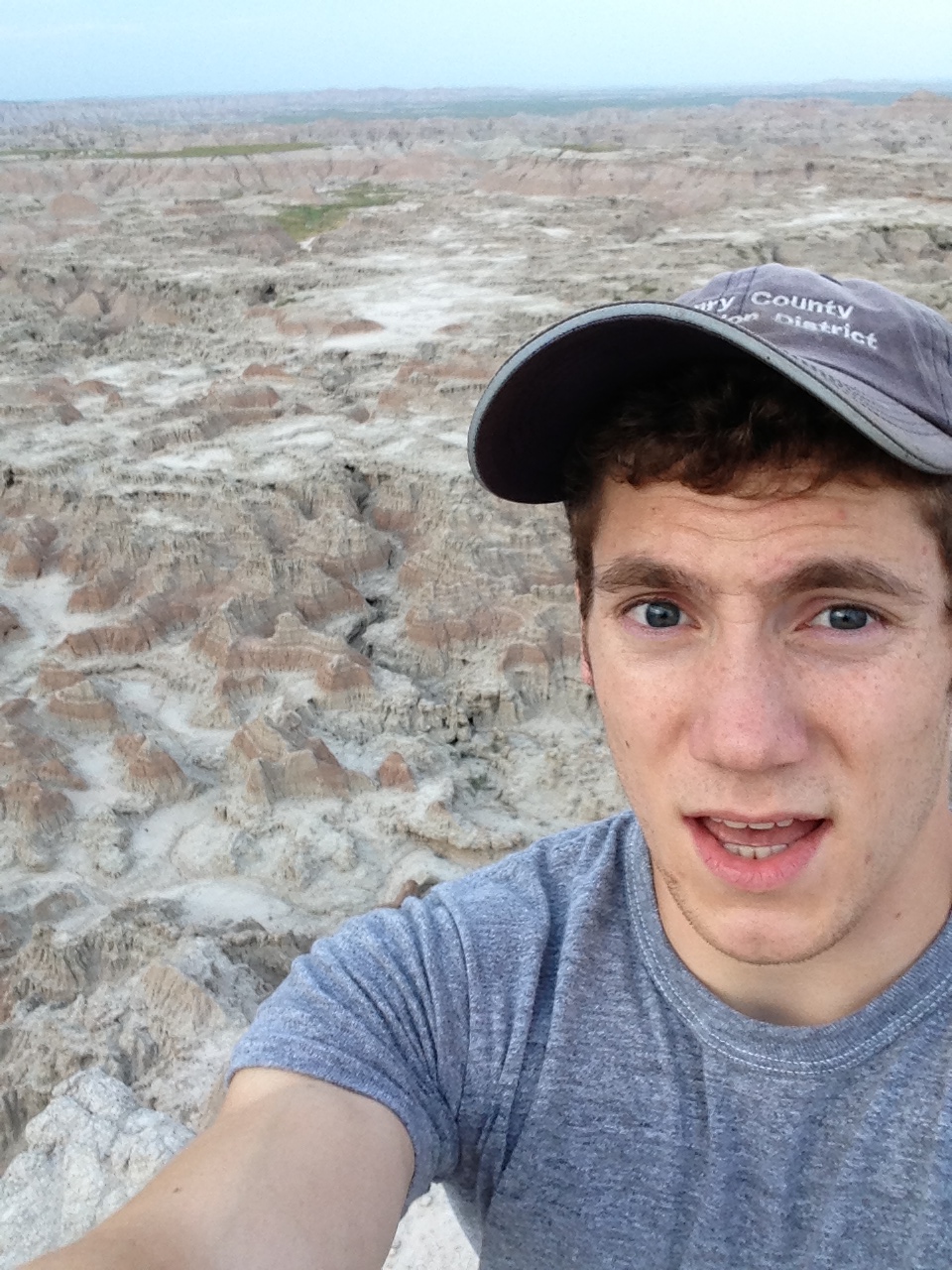Celebration of Scholars
Johnny Appleseed: Trees and Travels, An Exploration in Historical Geographic Information Systems

Major: Geography and Earth Science
Hometown: Algonquin, Illinois
Faculty Sponsor: Wenjie Sun
Other Sponsors:
Type of research: Senior thesis
Abstract
Though John Chapman became one of the country’s most cherished folk heroes as Johnny Appleseed, a man synonymous with the frontier, few are aware of his actual life and deeds. Consequently, there are few studies of his actual travels and work. This project is a study in historical geographic information systems - a mapping and spatial analysis tool- in which historical textual evidence of Chapman’s travels and the locations of his orchards are documented, compiled, and converted into features on maps through use of data for the towns and counties present between 1790 and 1850 and corresponding historical population censuses. By determining the specific locations of orchards, which preceded the settlers in many cases, it can be shown what significant effect the orchards had on the country’s growing population and its expansion into the American West. Orchards would have made settling easier for those new to the frontier, as they provided a steady supply of food and were even helpful in indicating property during the era. Since a ten year period was necessary for most trees to mature, comparing population counts in ten year increments in locations both with and without orchards, makes evident whether or not Chapman’s orchards truly did serve as a catalyst to growth and expansion in the West, or if areas without orchards were just as populated and prosperous.
Submit date: March 14, 2014, 11:40 a.m.
